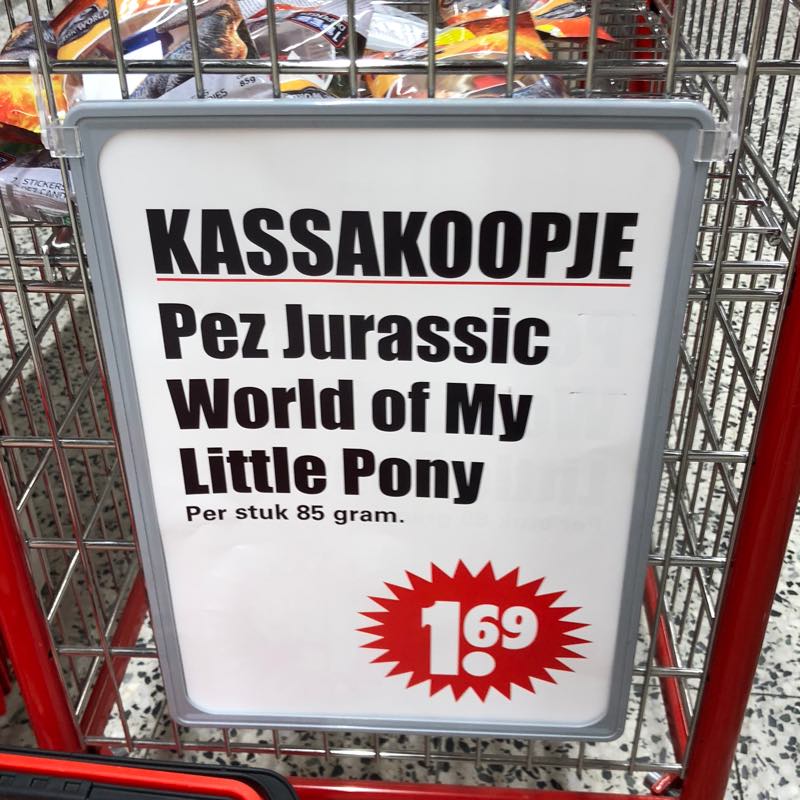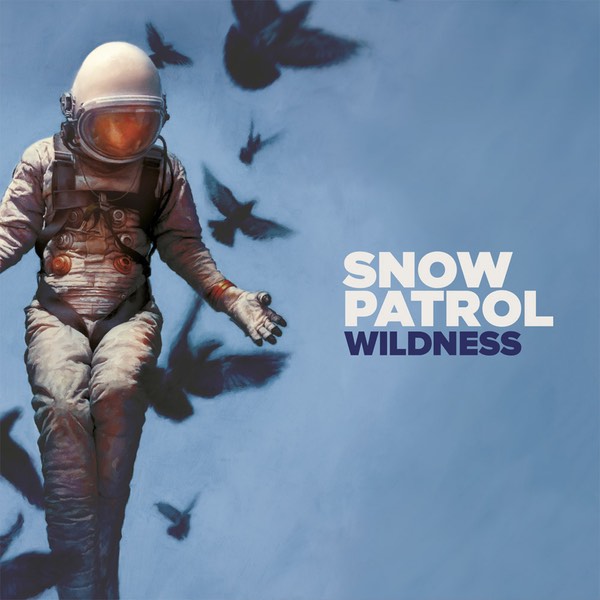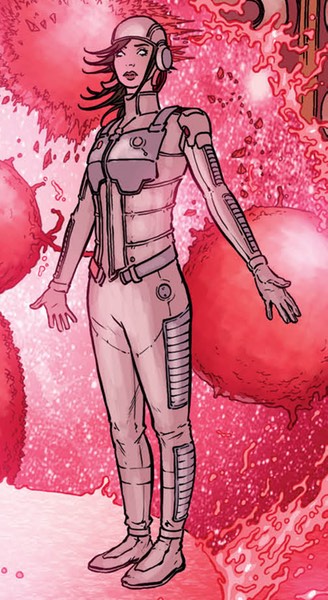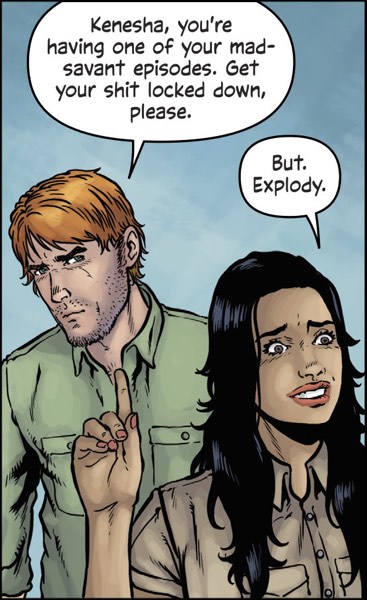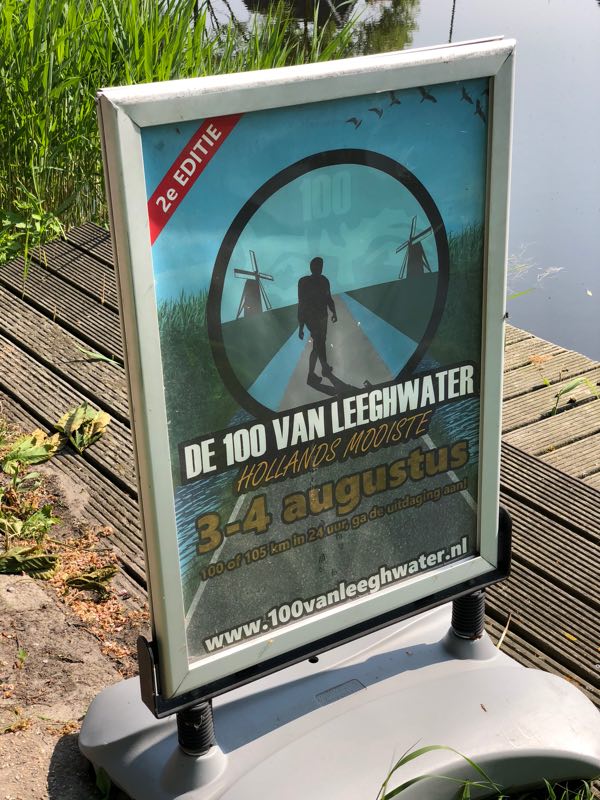I re-read Film Crit Hulk’s essay “THE IMPORTANCE OF DRAMATIZING CHARACTER” a couple of weeks ago. The ALL CAPS conceit (which he has since dropped) is distracting, but it gets to the heart of why so many blockbuster movies lack heart, and what they can do about it.
Movies:
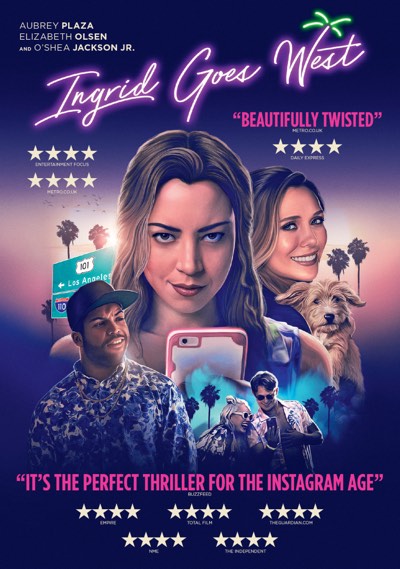
- 🤔 Ingrid Goes West: The humour is not cringe-worthy (mostly), but it is often deliberately awkward as the film follows the attempts of the psychologically disturbed Ingrid to be liked by a popular influencer she idolizes. It leads to an inevitable descent into some pretty dark territory, and I didn’t see the ending coming. I watched this with Fiona, and we both went “Ehhhhhh…that sends a really bad message.” But in retrospect: does it, though? Should we take the ending on face value, or are the filmmakers delivering another critique of our society’s messed-up attitudes towards mental health and social media?
- The Guards Themselves I applaud low-budget indie amateur filmmaking. It’s rough and inconsistent, but they look like they had fun, and I’m sure it was a great learning experience. I wish I had the time and energy to do something like this.
- ⭐️ The Post: Anything Watergate-ish is going to resonate right now. I also find it a fun exercise to watch an apparently down-to-earth drama and guess how much CGI goes into scenes depicting everyday life just a few decades in the past.
- ⭐️ Deadpool 2: Enjoyed it a lot.
- 💩 Molly’s Game: I have mixed feelings about Aaron Sorkin. On the one hand, he writes some amazing snappy dialogue. On the other hand, that same dialogue can be glib and patronizing, and I dislike his glorification of a certain kind of manipulative smartness. In this film, I was totally captivated by Jessica Chastain’s performance as Molly Bloom. Molly is a smart underdog who builds up a poker business with nothing but her own ingenuity and persistence. But when she falls afoul of both organized crime and the law, she faces an upward struggle to prove her integrity and reclaim her freedom. (Idris Elba has a good turn as her lawyer.) But Molly’s story is completely undermined in the last ten minutes by Sorkin giving her father (who is aggressively absent for most of the film) a completely unearned character redemption where get gets to play the wise old man who knows her so much better than she knows herself, and tries to make her understand his shitty treatment of her since she was five. It is some epic patriarchal bullshit.
- Unlocked is a spy action thriller I must have watched because it’s here in my notes.
- Solo: Fun heist movie, if you don’t think too hard about the plot holes! (Like: why did they have to blow the bridge? Decoupling the cargo carriage would have allowed them to lift it away with less risk of blowing up an entire mountain. Unless…the whole point was to blow up the mountain in a spectacular escape sequence!) Also if you don’t think too hard about slavery and droid rights, and the horrific fate of L3-37. (Star Wars has always had a race problem.) Also if you are willing to overlook the weird non-sequitur appearance of Darth Maul to gloss over the cracks in Qi’ra’s motivation. But still: fun!
TV:
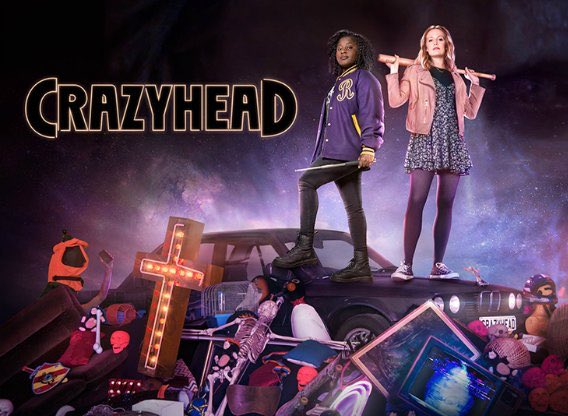
- ⭐️ Crazyhead Weird, irreverent, violent, and occasionally shocking supernatural comedy horror drama? Hard to describe. A bit like a more grown-up Buffy but with more swearing and consequences. Also very funny.
- 💩 Arrow Season 6: I’m done with this show. The “heroes” are sociopaths with delusions of grandeur, and on their personal journeys they destroy everything and corrupt everyone they come in contact with. And then try to justify their actions, and lie about how it will never happen again. This is a dark, dark show with a black hole for a heart.
- ⭐️ Collateral Intense police drama, dealing with the hot current topics of immigration and terrorism. Comes down firmly on the side of humans.
Games: The only new thing I have played recently is Pocket Run Pool by Zach Gage. It has short simple games, perfect for filling a few minutes here and there.
Books:
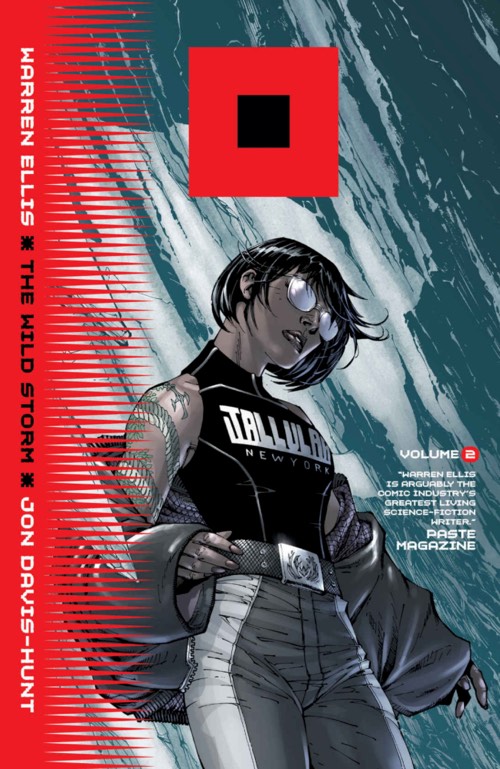
- ⭐️ Stiletto by Daniel O’Malley: I really his first book, The Rook, and this is an excellent follow-up. Stiletto takes place in the same world, just shortly after the events of the first book, but with a very different set of characters and a totally new perspective on the war between the Checquy and the Grafters.
- A Dark So Deadly by Stuart MacBride: I found this hard to get into, because I find the fictional Scottish city of Oldcastle such an unnecessary contrivance. Also, MacBride has habit of writing very abrasive characters, and the opening chapters of this book are a relentless cascade of people being horrible to each other and shouting a lot. That said, they did grow on me. As he gradually peels back their layers, they turn into distinct and rounded personalities. The gruesome plot is as full of tricks and misdirection as a close-up magician’s card act.
- ⭐️ The Wild Storm vol 2 by Warren Ellis and Jon Davis-Hunt continues in magnificent fashion. World-spanning plots treated in a subdued and serious manner with an ever-growing roster of weird and flawed characters.
- The Authority by Warren Ellis and Bryan Hitch from 1999-2000 is the book that the new Wild Storm is based on. The new Wild Storm takes classic characters (Jenny Sparks, Engineer, etc) and spins them in a modern, mature way. Reading these books back-to-back shows me just how enormous a leap mainstream superhero comics have taken in the last twenty years. I’m thinking of books like Matt Fraction and David Aja’s run on Hawkeye, Chelsea Cain’s Mockingbird, Tom King’s Vision and many others. There is so much room within mainstream titles these days for subtlety and rich thematic explorations. By contrast, The Authority is all about escalating conflicts, ever-larger scenes of global destruction, and punching more and bigger baddies. Although the artwork is gorgeously crisp, dynamic, full of detail and exquisitely coloured, the character Engineer (Angela Spica) is drawn in a hyper-sexualized manner, and is basically perpetually naked apart from a skin-tight layer of mirrored metallic armour. I probably would have appreciated it at the time, but in 2018 it feels juvenile and embarrassing. I don’t mind sex in my comics (see: Sex Criminals, Saga, et al.) But like it when my superheroes wear clothes, not capes, and when they are more likely to explore their relationships with words than their fists.
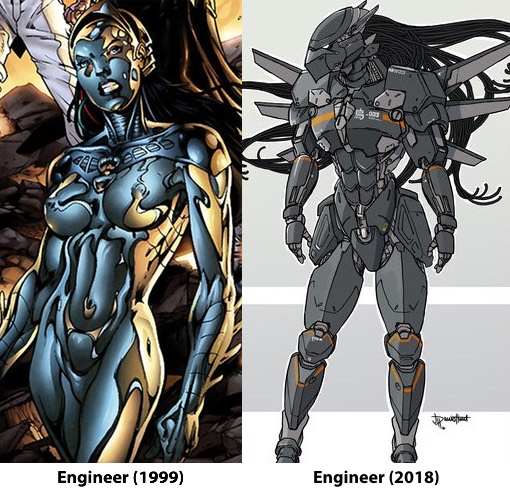
- The Corporation Wars: Insurgence by Ken MacLeod. I was on the fence about the first book, but the second one in this series left me cold. The characters all blurred together, and I felt insufficiently brain-powered to understand the distinctions in their ideologies. It lacked conflict I cared about.
- The Disappearing Spoon by Sam Kean. Fun popular science history, concentrating on the people who discovered the elements of the periodic table, and how they put them to use.
- 🤔 The Three-Body Problem by Cixin Liu (translated by Ken Liu). This book had multiple science fictional layers for me: one of them obviously being the sf story that the author was trying to tell, while the other came from the glimpse I got into Chinese culture from the way the book was written, and its present-day and historical settings in China. It relies on a lot of tropes and archetypes from (modern) Chinese history that will be as familiar to Chinese readers as the D-Day landings or a Victorian country house setting are to a western audience. But they’re new and unfamiliar to me. Also, one of the main characters (Wang) has a wife and a son that he interacts with in one tense chapter, and then forgets about completely for the rest of the book. Even when he is trying to save the world, they literally never even cross his thoughts. Is that normal behaviour for a character in Chinese literature, or is it just as baffling to readers in Beijing as it is to me? I don’t know. The story, despite mixing in modern physics and a healthy dose of virtual reality, feels like a throwback to classic western science fiction of the 50s and 60s. (Hal Clement’s Mission of Gravity springs to mind.) That’s not necessarily a bad thing. I enjoyed it a lot, and I’m planning to read at least the next one in the trilogy. But I didn’t find this first volume as ground-breaking and Hugo-worthy as many of its fans.
Music: I’ve been stuck on Kimbra’s Primal Heart for most of the last month, with occasional forays into Rival Consoles and 65daysofstatic. I’ve been trying to get into Janelle Monae’s Dirty Computer, but it just isn’t clicking, and what I really want to do is put on The Electric Lady or The Archandroid instead. I’m sure I’ll crack it sooner or later.
Podcasts/audio: Mythos was a neat three-part BBC supernatural investigation radio drama, but it’s not available online anymore. Yay BBC! I’m also starting to spread my net for more podcasts to make sure I don’t run out of listening material on my long walks. Two new discoveries for me are Matt Haughey’s Hobby Horse (interviews) and the Undiscovered Podcast (science) by Elah Feder and Annie Minoff. New Radiotopia show ZigZag (tech/business) by Manoush Zomorodi and Jen Poyant has got off to a good start as well, and I’m looking forward to hearing more of it.

